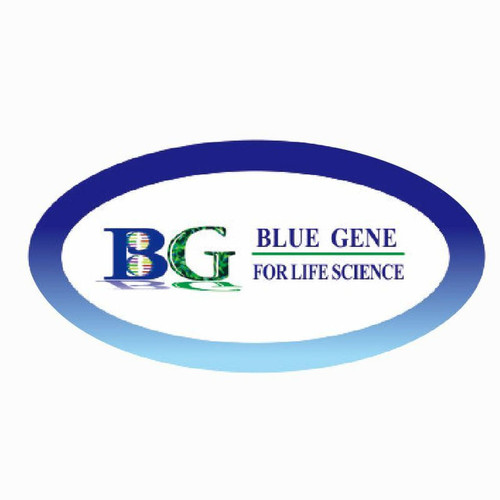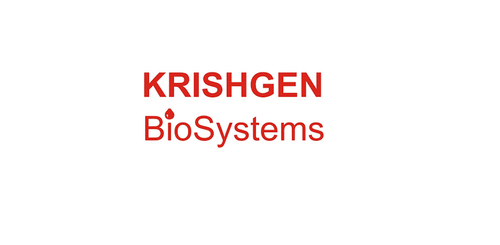Product Description
Chicken Transmembrane protein 173 (TMEM173) ELISA Kit | AE14530CH | Abebio
Species Reactivity: Chicken (Gallus)
Abbreviation: TMEM173
Alternative Name: ERIS; FLJ38577; MITA; MPYS; NET23; STING; N-terminal methionine-proline-tyrosine-serine plasma membrane tetraspanner|endoplasmic reticulum IFN stimulator|mitochondrial mediator of IRF3 activation|st
Application: ELISA
Range: Request Information
Sensitivity: Request Information
Intra-Assay: ≤4.2%
Inter-Assay: ≤8.1%
Recovery: 0, 96
Sample Type: Serum, Plasma, Other biological fluids
Detection Method: Sandwich
Analysis Method : Quantitive
Test Principale: This assay employs a two-site sandwich ELISA to quantitate TMEM173 in samples. An antibody specific for TMEM173 has been pre-coated onto a microplate. Standards and samples are pipetted into the wells and anyTMEM173 present is bound by the immobilized antibody. After removing any unbound substances, a biotin-conjugated antibody specific for TMEM173 is added to the wells. After washing, Streptavidin conjugated Horseradish Peroxidase (HRP) is added to the wells. Following a wash to remove any unbound avidin-enzyme reagent, a substrate solution is added to the wells and color develops in proportion to the amount of TMEM173 bound in the initial step. The color development is stopped and the intensity of the color is measured.
Product Overview: The deduced 379-amino acid protein has a calculated molecular mass of 42.2 kD. It has 5 putative N-terminal transmembrane domains, a signal cleavage site in the first transmembrane domain, and a leucine-rich region that overlaps the first 4 transmembrane domains. Northern blot analysis detected STING expression in all tissues examined. Confocal microscopy and fractionation analysis of human embryonic kidney 293 cells revealed that STING predominantly associated with the endoplasmic reticulum (ER) . Western blot analysis of 293 cells detected endogenous STING at an apparent molecular mass of 42 kD.STING activated both the NF-kappa-B and IRF3 transcription pathways to induce expression of IFN-alpha (IFNA1) and IFN-beta and exert a potent antiviral effect.
Stability: The stability of ELISA kit is determined by the loss rate of activity. The loss rate of this kit is less than 5% within the expiration date under appropriate storage condition. The loss rate was determined by accelerated thermal degradation test. Keep the kit at 37°C for 4 and 7 days, and compare O.D.values of the kit kept at 37°C with that of at recommended temperature. (referring from China Biological Products Standard, which was calculated by the Arrhenius equation. For ELISA kit, 4 days storage at 37°C can be considered as 6 months at 2 - 8°C, which means 7 days at 37°C equaling 12 months at 2 - 8°C) .
 Euro
Euro
 USD
USD
 British Pound
British Pound
 NULL
NULL












